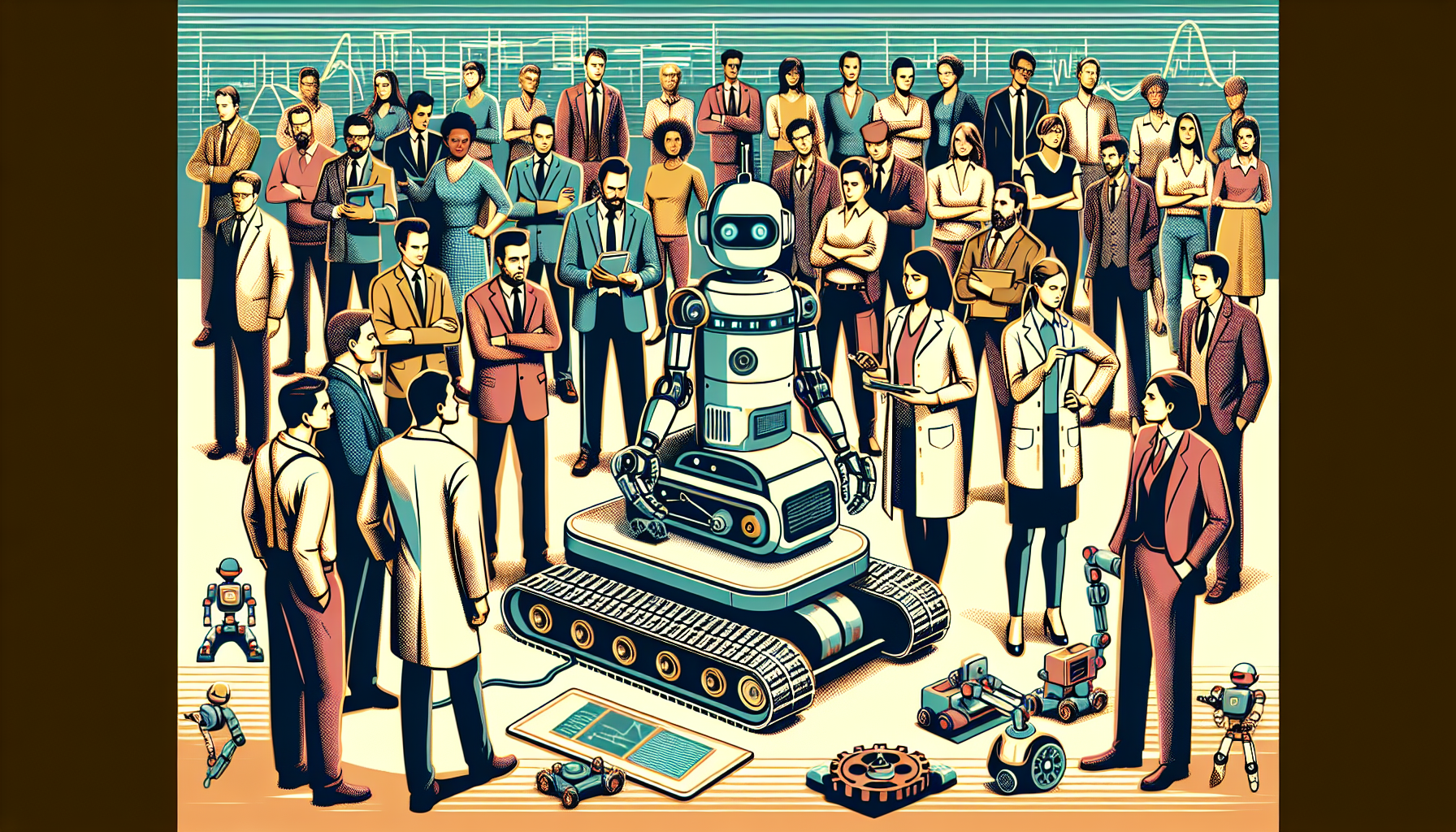AI-driven robotics competitions are shaping the future of robotics, setting the stage for advances once thought impossible. These unique events bring together leading minds—researchers, engineers, and passionate enthusiasts—for a single purpose: to push the boundaries of what robots can achieve. Each competition becomes a testing ground, where autonomous systems meet real-world challenges and demonstrate their growing intelligence and ability.
Living Laboratories of Innovation
Robotics competitions offer far more than excitement and spectacle. They serve as living laboratories, where teams put artificial intelligence algorithms to the test in real time. Robots learn to see, plan, move, and interact on their own, guided only by the work and vision of their creators. Each aspect—from navigating tight spaces to performing delicate tasks—comes together in these arenas, challenging teams to solve difficult problems on the spot.
Types of Competitions
- Autonomous Racing: Events such as the Roboracer Autonomous Grand Prix push robotic speed and safety limits. Teams build and program small, self-driving race cars, programming them to race against each other while handling quick decisions and complex tracks. This sharpens the robot’s ability to see, plan, and react—all at high speeds.
- Navigation Challenges: Competitions like the Benchmark Autonomous Robot Navigation (BARN) Challenge ask robots to move through spaces filled with obstacles. These trials demand not just intelligence, but also adaptability. Robots are tested in both computer simulations and real environments, teaching them to handle surprises and tight spots.
- Service and Manipulation: The RoboCup@Home challenge brings the dream of helpful household robots closer to reality. Teams program robots to recognize objects, understand speech, help with daily tasks, and safely move around people. The aim is to develop robots that can one day assist the elderly, the disabled, or busy families.
- Robot Manipulation: The Autonomous Robot Manipulation (ARM) Challenge stands out for its focus on dexterity and control. Here, robots are tasked with handling objects creatively and efficiently, driving progress in how machines interact with the physical world. This competition invites younger researchers and students to experiment and innovate.
The Heart of Progress and Collaboration
These competitions are more than just contests—they are engines of progress. They inspire collaboration across borders and specialties. Teams from universities, research centers, or industry come together, exchanging ideas and sharing lessons learned. What happens in competition often finds its way into published research, strengthening the robotics community as a whole. New techniques and solutions quickly become the standard for the next generation of intelligent robots.
Real-World Impact: Preparing Leaders in Robotics
Carnegie Mellon University (CMU) is one of the institutions at the forefront of this movement. By participating in robotics competitions, CMU’s students gain direct, hands-on experience in designing, building, and programming autonomous systems. These events hone technical skills and deepen understanding of what is possible with AI and robotics. For future engineers—whether they go on to work in industry, research, or defense—such experiences are invaluable stepping stones.
Looking Into the Future
The future of robotics competitions is promising and ambitious. As artificial intelligence grows more sophisticated, these contests are evolving as well. Tomorrow’s competitions will feature robots that can work together as teams, handle more complex and unstructured environments, and blend seamlessly into our world. Through these ongoing challenges, we move closer to a time when autonomous robots are reliable partners in everyday life.
At their heart, AI-driven robotics competitions celebrate curiosity, discipline, and the shared human desire to create something truly remarkable. As these contests grow in scale and significance, they will continue to build the foundations for a new era of intelligent machines.

Leave a Reply